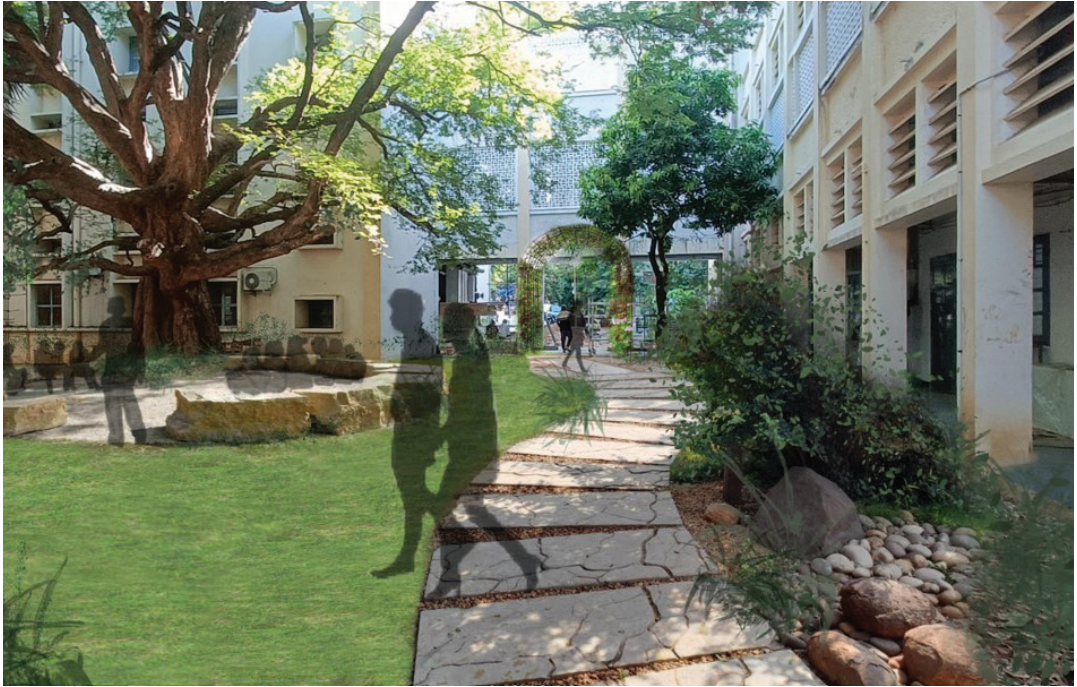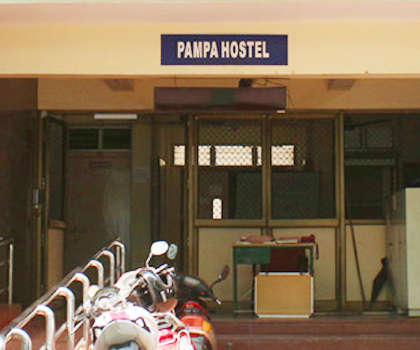Description
For the last 15 years, the CNS Lab has been developing a comprehensive, computational model of a brain region called Basal Ganglia (BG). Loss of cells in a part of BG leads to Parkinson’s disease. The BG system has contributions to all major domains of brain function – sensory-motor, cognitive, affective and autonomous. In each of these domains, the BG has diverse roles.
Researchers have proposed different computational models for different functions but there is no consensus among the models. Taking an important departure from the classical, textbook description of the functional anatomy of BG, the CNS Lab was able to model a wide range of motor functions of BG. These results were worked out over 30 journal papers and 3 book chapters, one of them being an invited contribution to Encyclopedia of Computational Neuroscience from Springer.
Read more...
Budget:
The CNS Lab is seeking support from the IITM Alumni to take the above line of work to full fruition. A Ph D stipend of Rs 5 L / year is needed per student for a few Ph D scholars This can also be in the form of an endowment of 1.05 Cr where 5 L is for the first year and endowment interest will support the stipend payments in future years.
Read more...
Budget:
The CNS Lab is seeking support from the IITM Alumni to take the above line of work to full fruition. A Ph D stipend of Rs 5 L / year is needed per student for a few Ph D scholars This can also be in the form of an endowment of 1.05 Cr where 5 L is for the first year and endowment interest will support the stipend payments in future years.
Research in Basal Ganglia and Parkinson’s Disease
- No.of Donors : 2



















